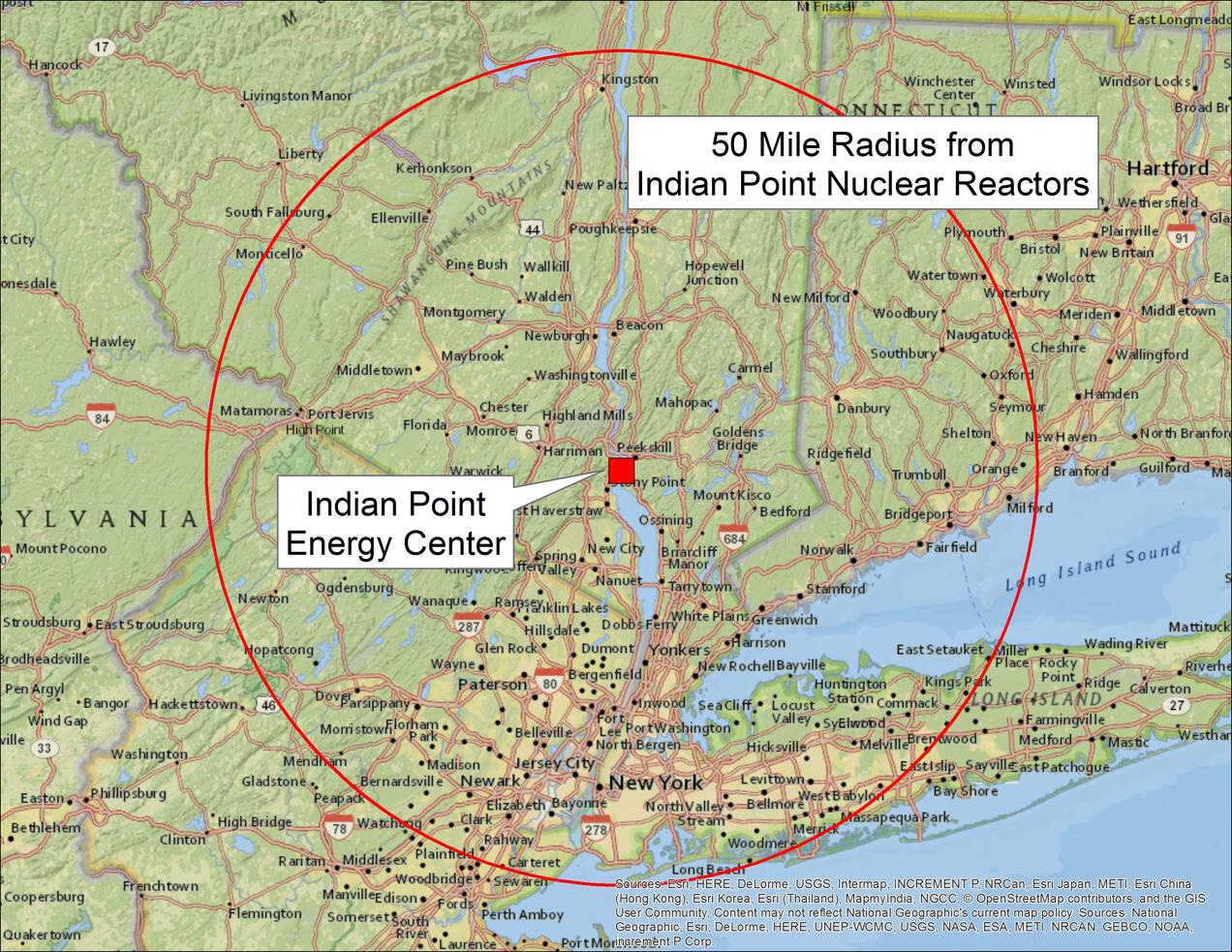 Closing Indian Point is good
Closing Indian Point is goodPosted October 14, 2018
To the editor:
(re: “Reforming energy vision,” Sept. 27)
In her Sept. 27 letter, Phoebe O’Connor claims that closing the Indian Point nuclear power plant would change our ability to provide reliable, clean power to downstate New York. But this claim is full of holes.
Let’s start with some actual numbers about power supply and demand. The figures supplied by the New York Independent System Operator, the non-profit which runs New York’s electrical grid, show that we’ll have enough energy thanks to reduced demand and increased renewable capacity, to replace Indian Point.
First, a December report by NYISO found that we already have replacement supplies for 1,900 out of Indian Point’s 2,000-megawatt output, and that further buildout of renewables and efficiency measures could meet the remaining 100-megawatt “compensatory need.” Several months later, NYISO released its April Gold Book, with updated numbers showing that continuing reductions in demand mean that there is now, officially, no projected power gap in connection with the closure of Indian Point.
To illustrate, NYISO’s Gold Book forecast for “peak” demand in downstate New York during Summer 2020 plummeted by 380 megawatts, compared to the forecast for that same 2020 time period just one year earlier. Plus, we’re not nearly done saving energy: The state’s commitment to ramp up energy efficiency-related demand reductions to 3 percent a year will strengthen the trends reported above, which are mirrored in countless other states.
And let’s not forget just how much Indian Point puts New Yorkers at risk. Over the past four years, Indian Point repeatedly suffered major malfunctions — pump and power failures, a transformer explosion, damaged O-rings, radiation leaks, a fire and an oil spill. Twice, this 45-year-old plant’s operations discovered a record number of failures in the bolts holding the inner walls of the reactors together.
Indian Point is just too old and too dangerous, and we have plenty of safe, sustainable energy to replace it. That’s why Indian Point’s stipulated closure in 2021 — under the agreement between its operator Entergy, the State of New York, and Riverkeeper, is the right move.
Cliff Weathers
The author is communications director for Riverkeeper.
No comments:
Post a Comment